Hiatal & Paraesophageal Hernia Repair (Open, Laparoscopic, Robotic)
Procedure Snapshot
- Indication: Symptomatic large sliding or paraesophageal hernia (reflux, obstruction, bleeding).
- Expected duration: ___
- Special instruments: Bougie, laparoscope, tacker, mesh (optional).
Step Workflow
- Establish laparoscopy; reduce stomach into abdomen.
- Excise hernia sac; mobilize esophagus ≥ 3 cm below diaphragm.
- Approximate crura posteriorly with nonabsorbable sutures.
- Perform fundoplication (360° Nissen or 270° Toupet).
- Consider mesh reinforcement if large defect.
- Confirm no wrap obstruction.
Key Pimp Questions
- Q: Why posterior crural closure?
A: Restores anatomy and prevents recurrence.
- Q: How to avoid gas bloat syndrome?
A: Short, loose wrap over calibrated bougie (PMID 31852916).
Critical Anatomy
- Landmarks: Esophageal hiatus, vagus nerves, phrenoesophageal ligament.
- Danger zones: Pleura, pericardium, vagus trunks.
- Risks: Dysphagia __, gas bloat __, recurrence ___.
Post-op Considerations
- Clear liquids POD 1; soft diet × 2 wks.
- Avoid heavy lifting × 6 wks.
References
- Chassin’s, Foregut section.
- Clinical Scenarios, Esophagus/Stomach.
- Furnée 2020 (PMID 31852916).
